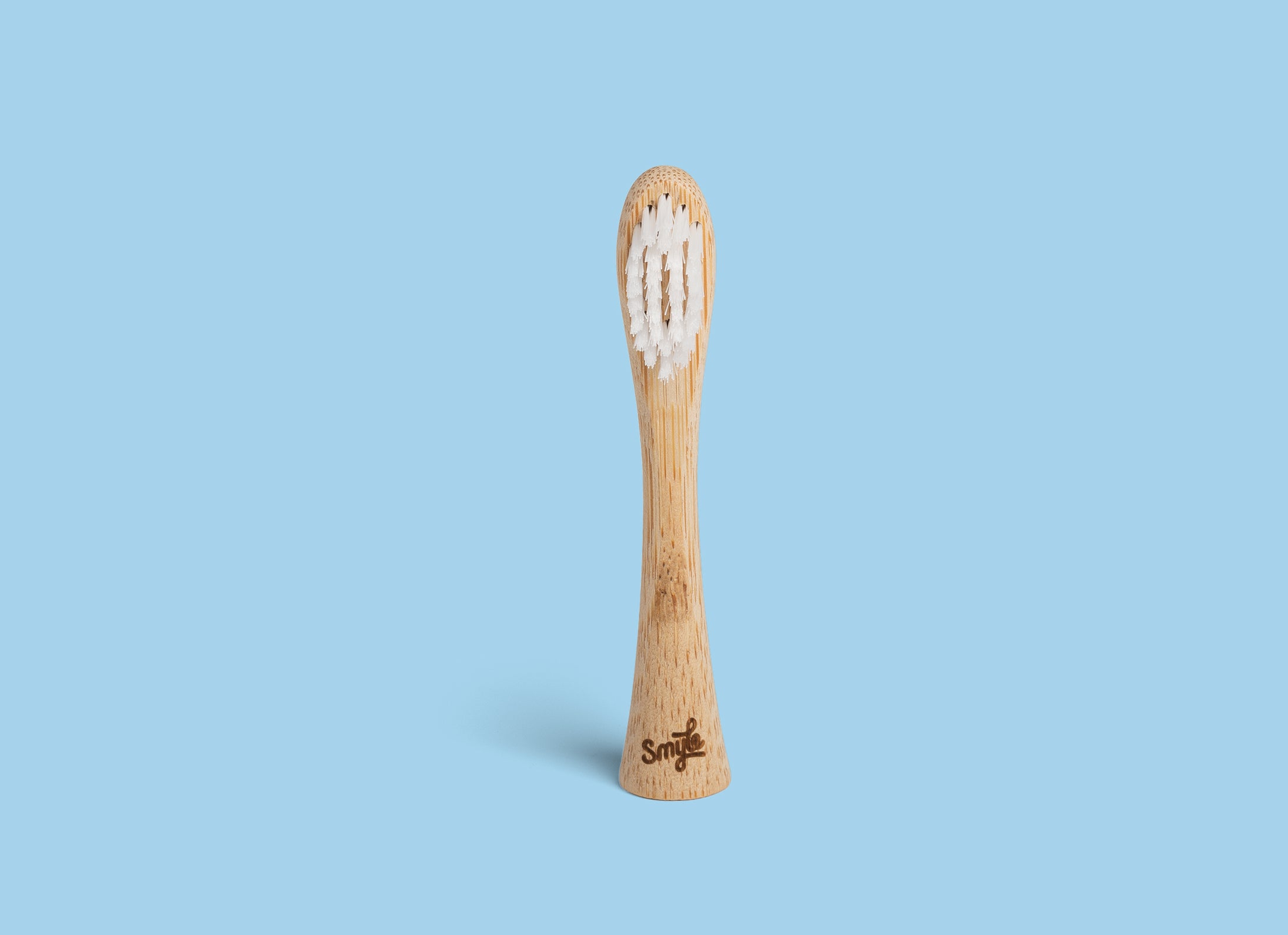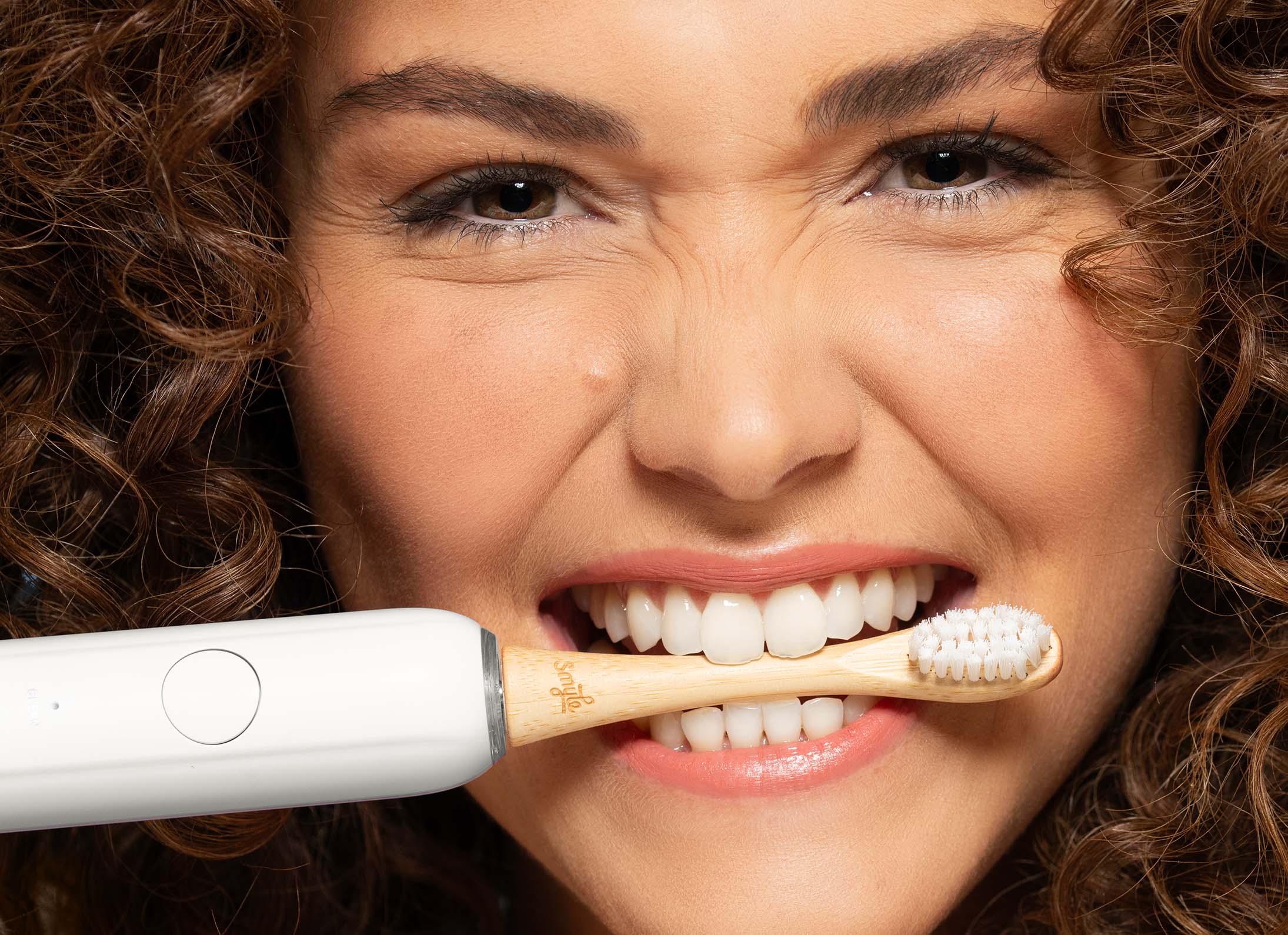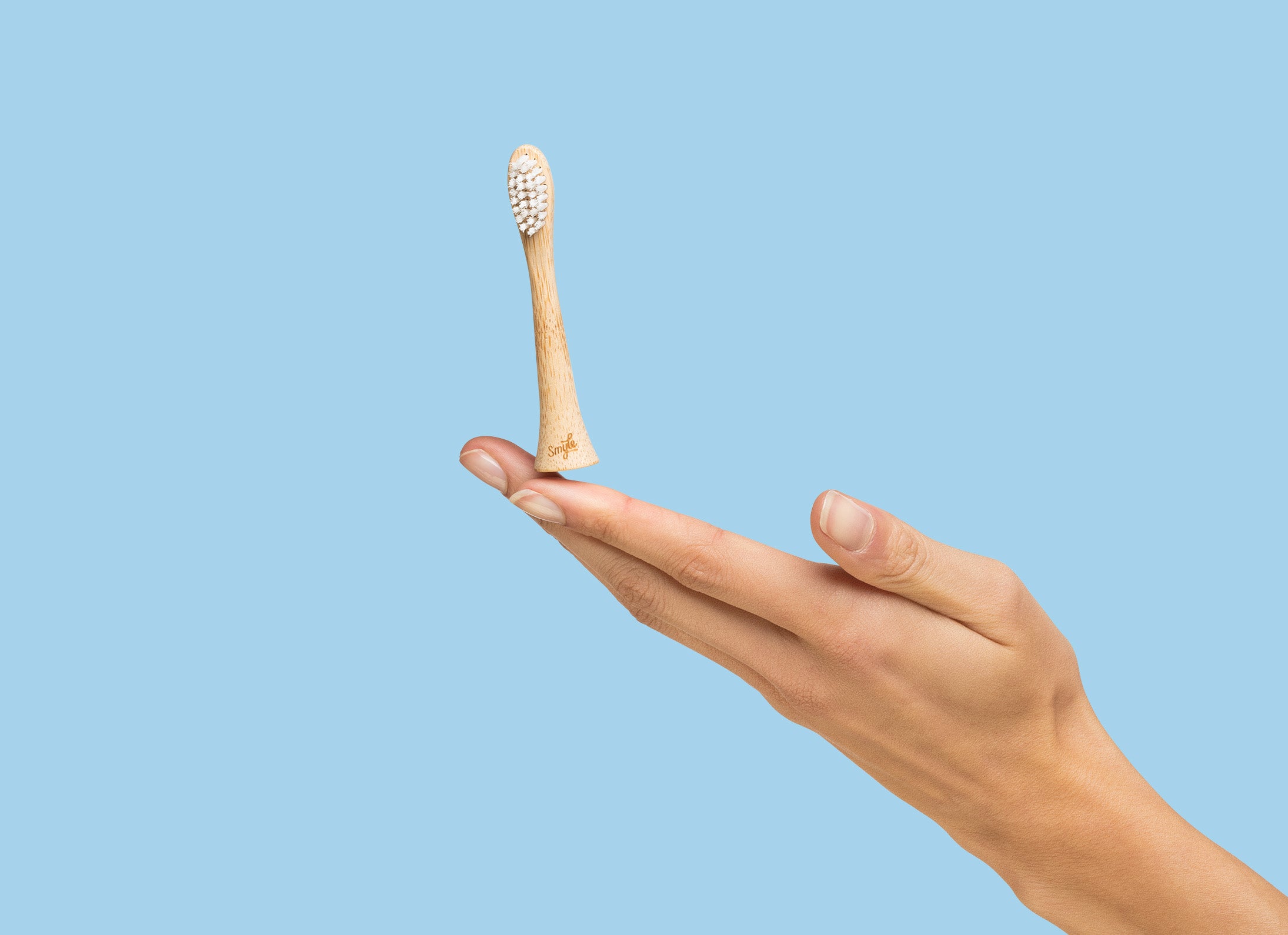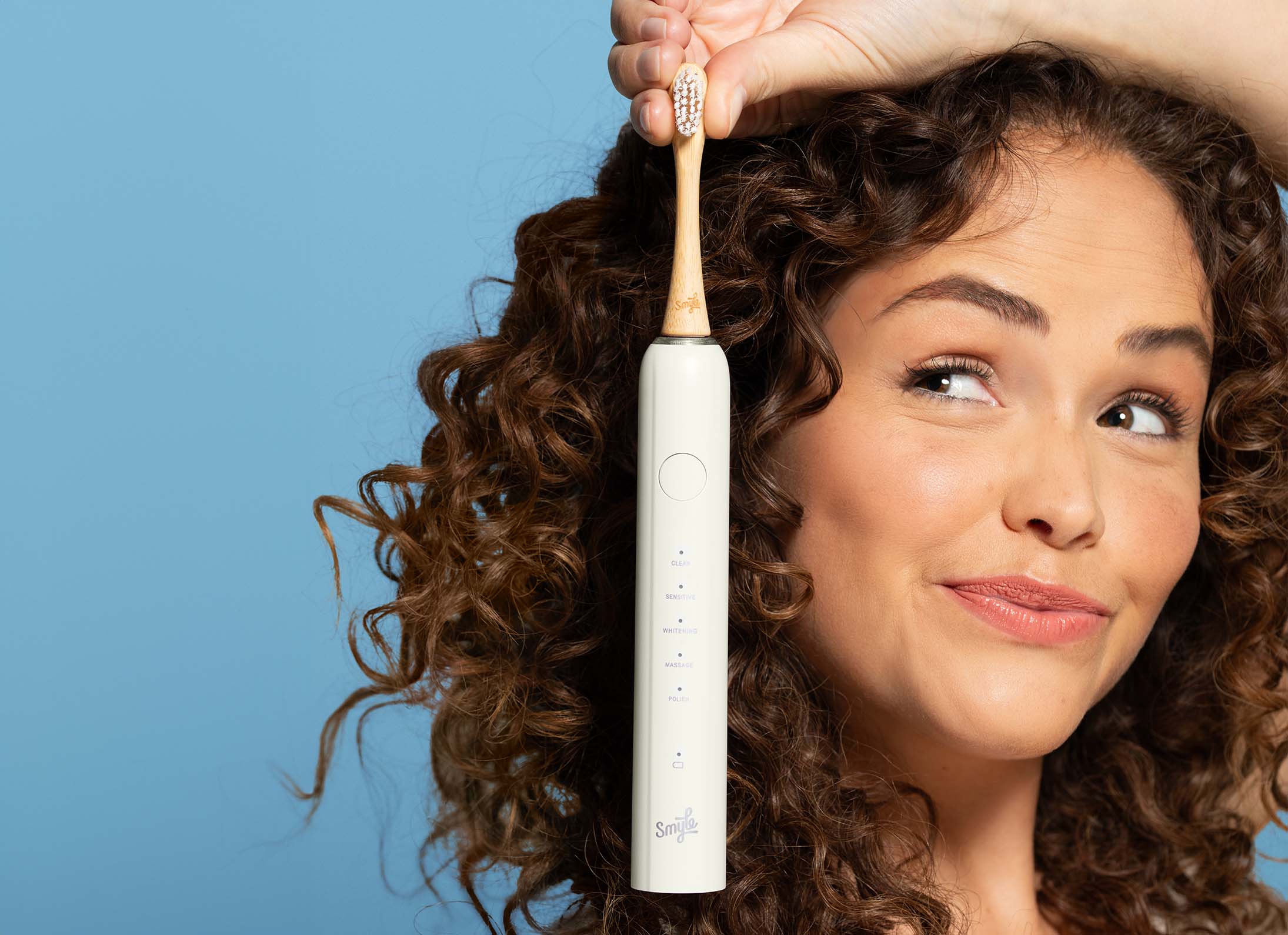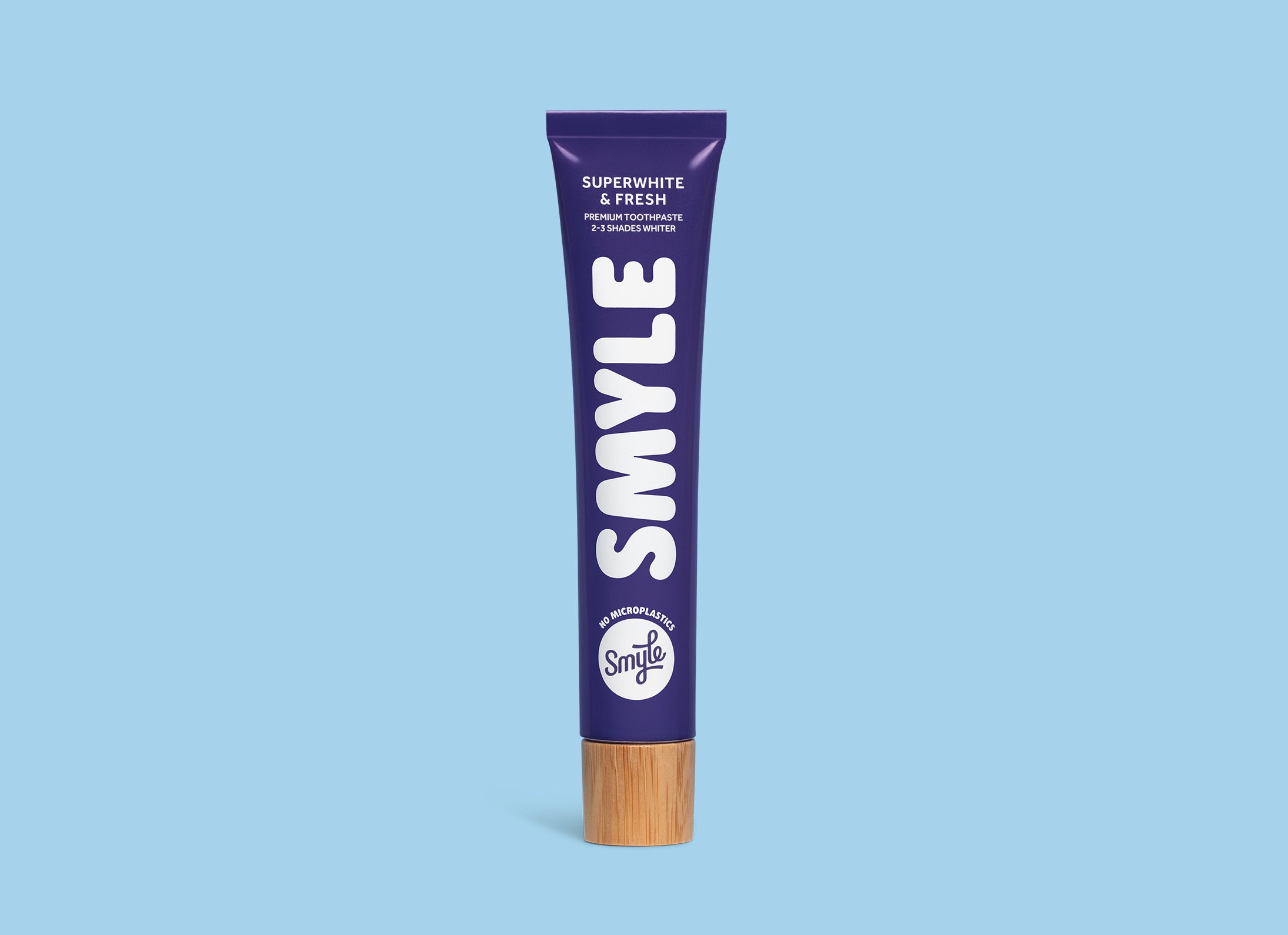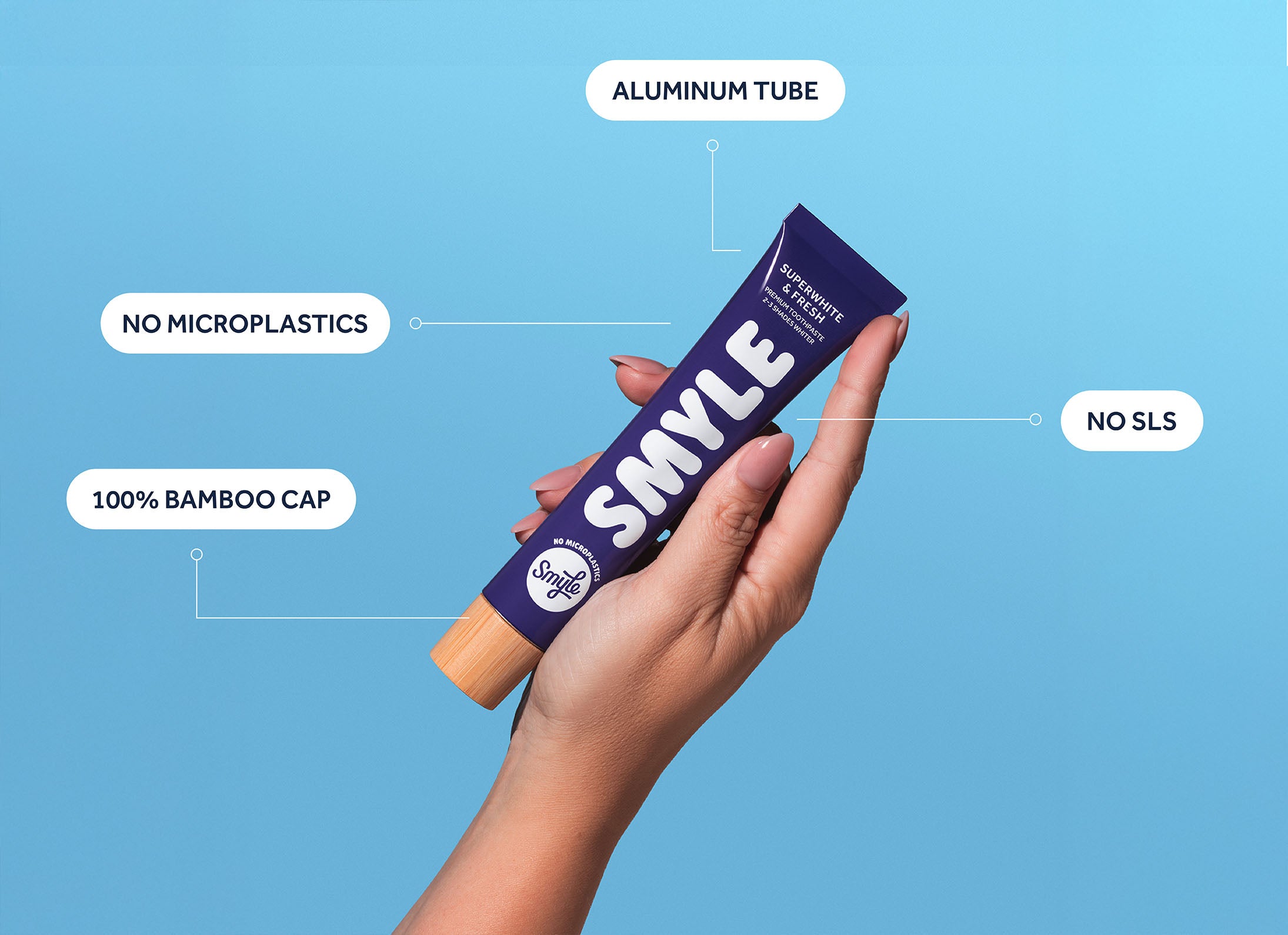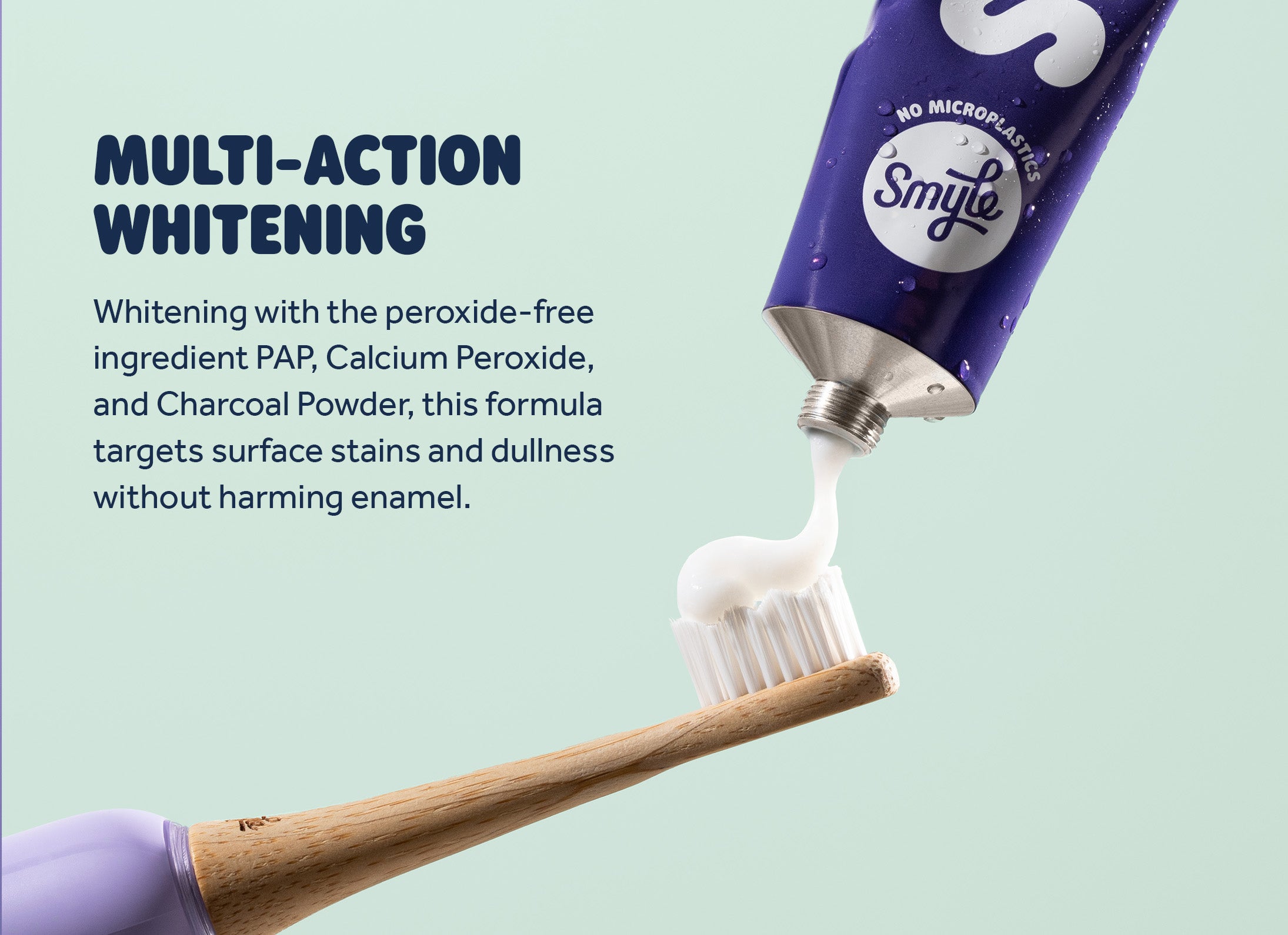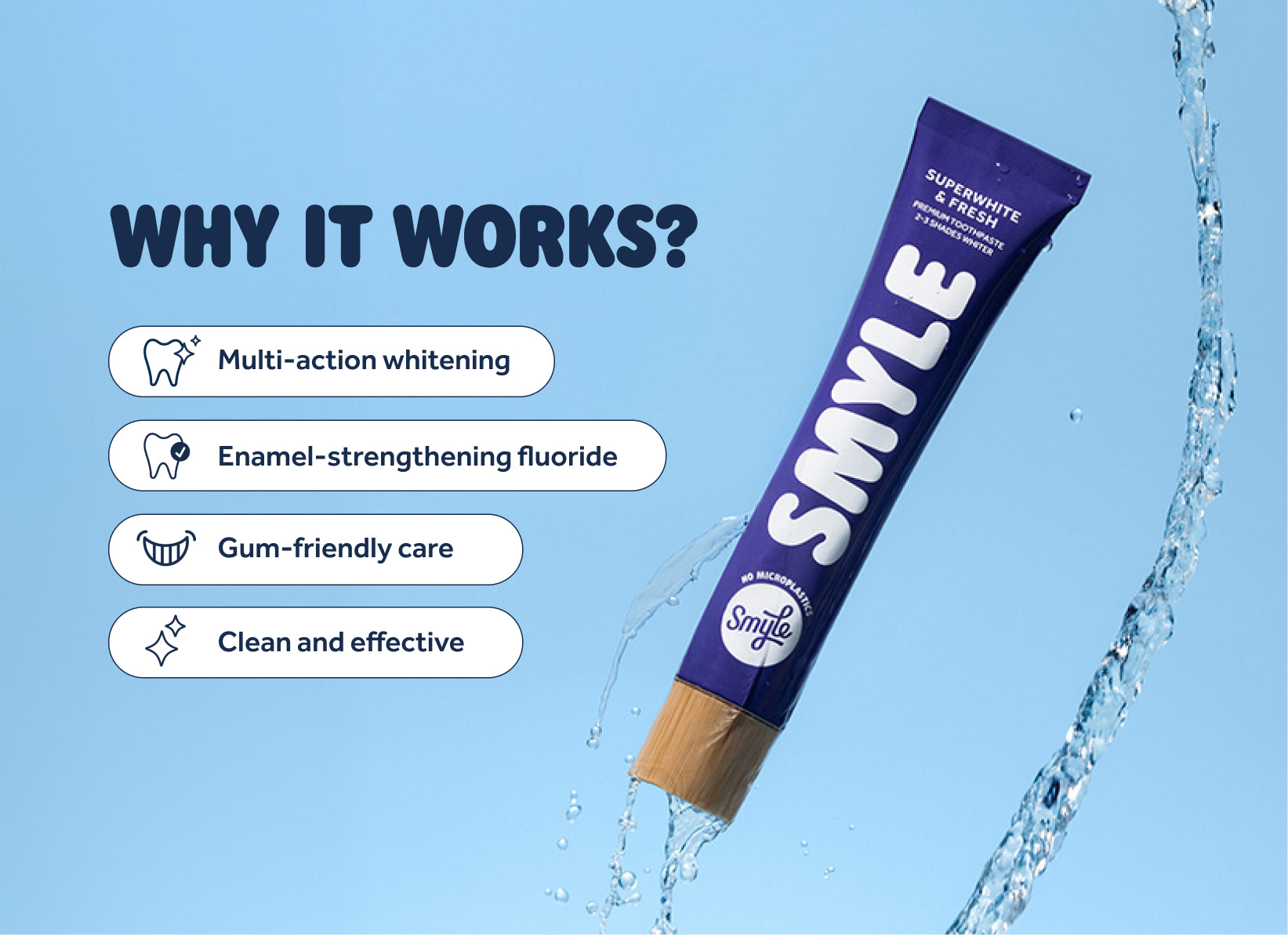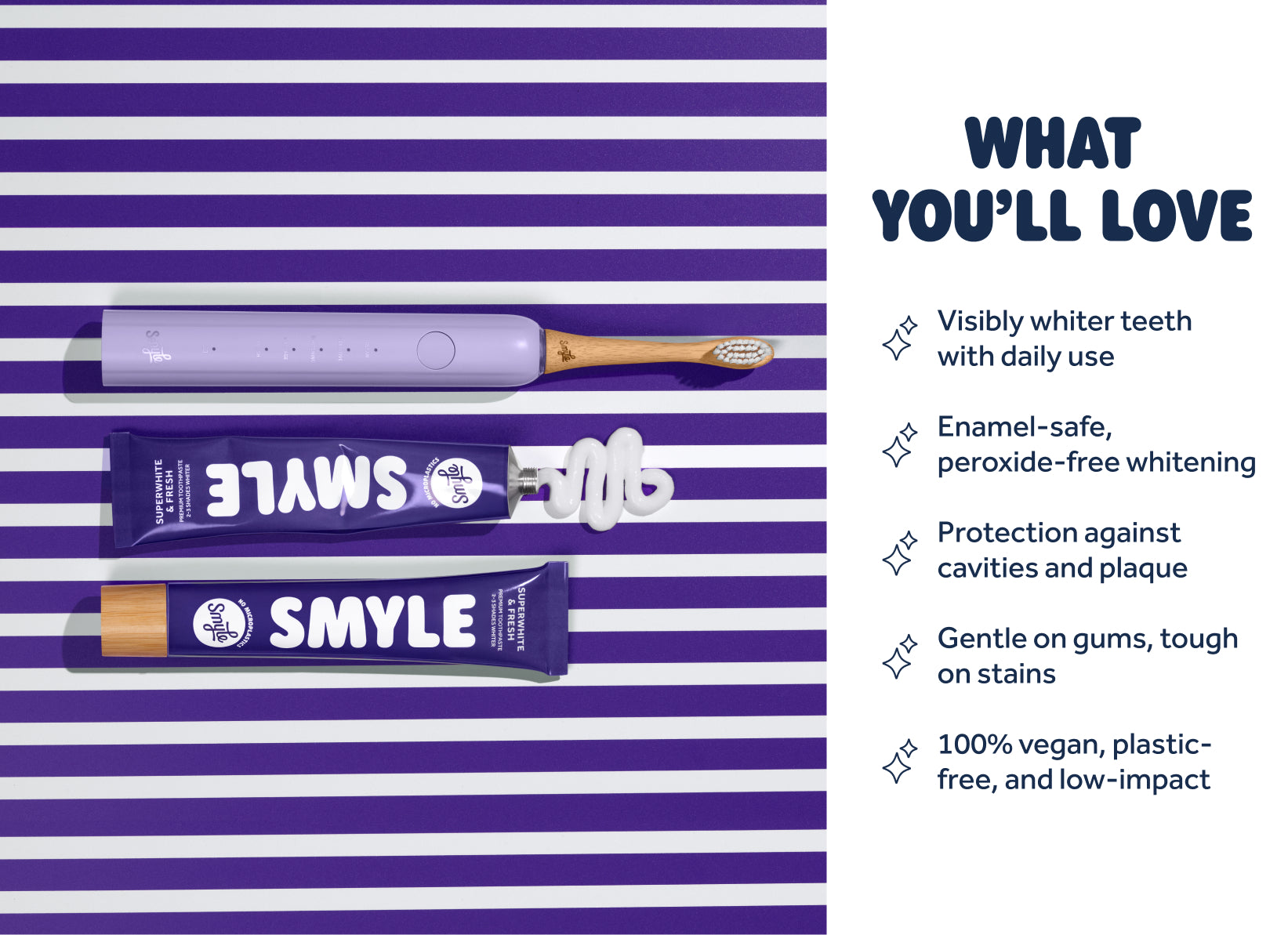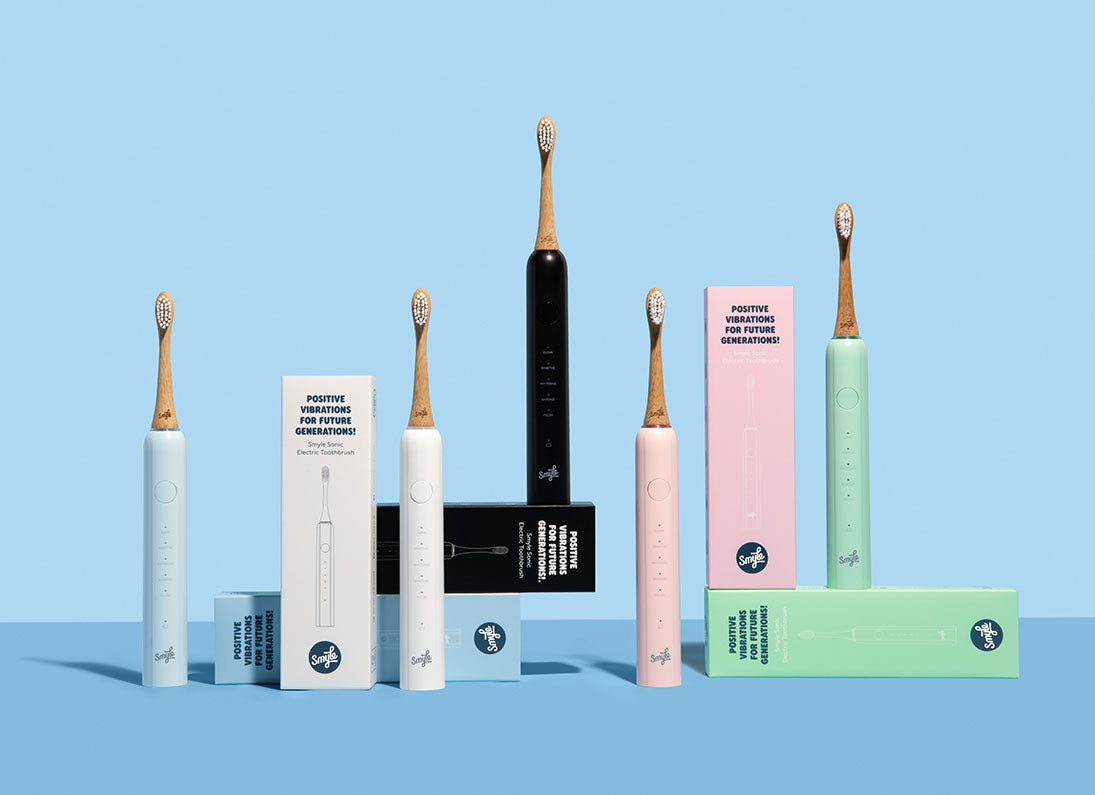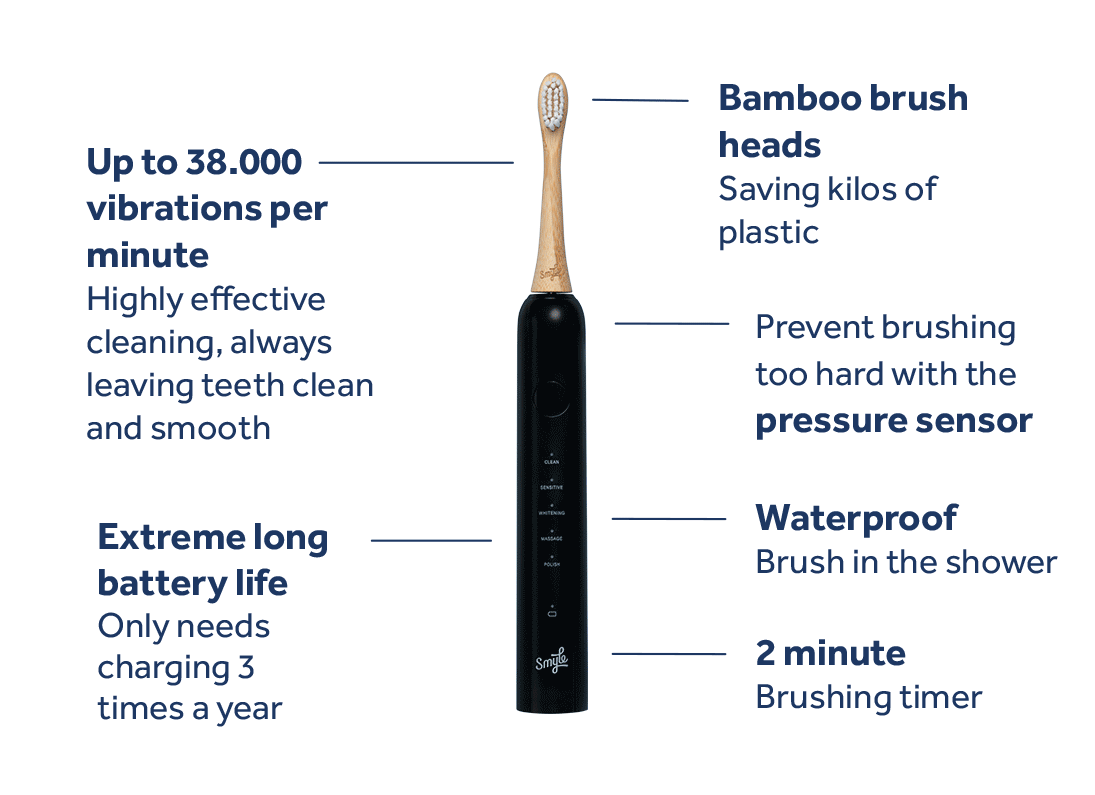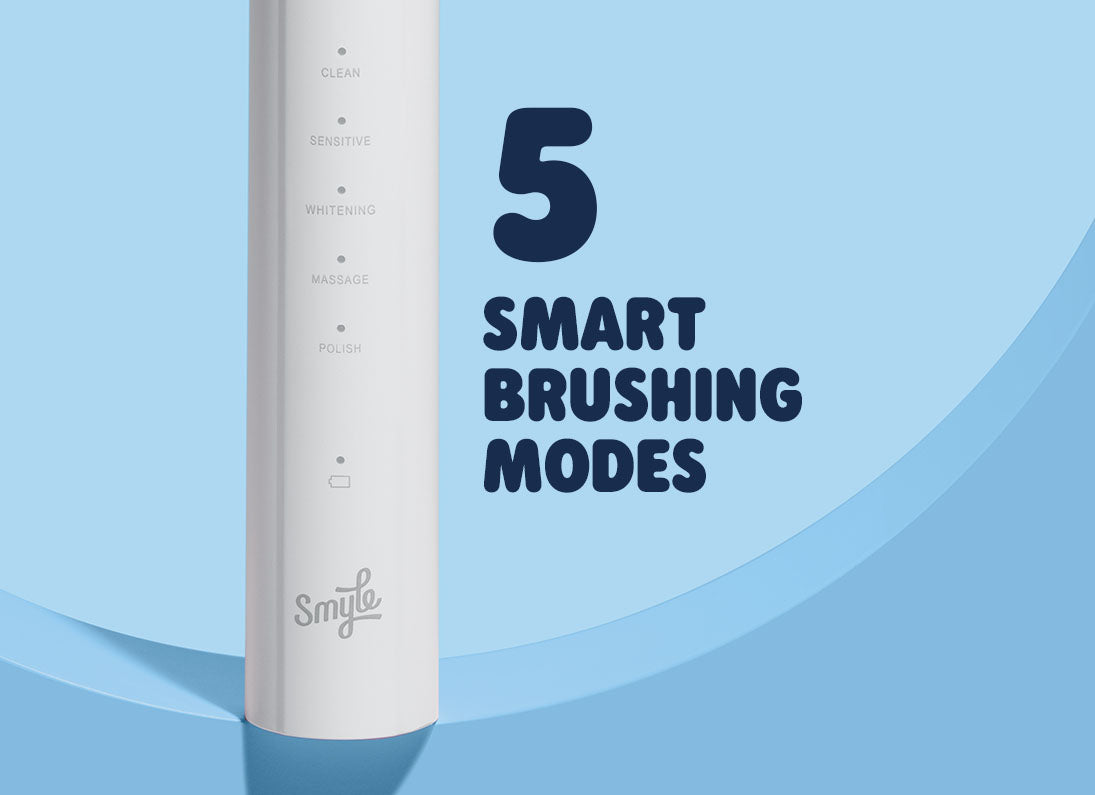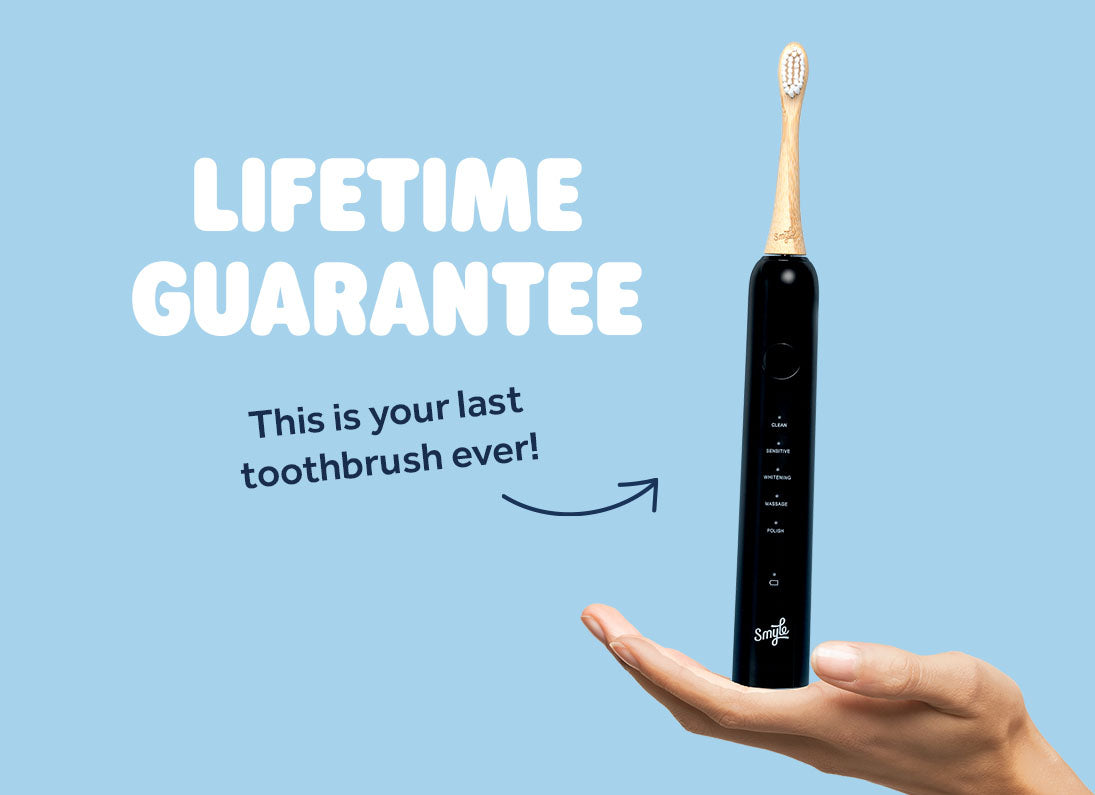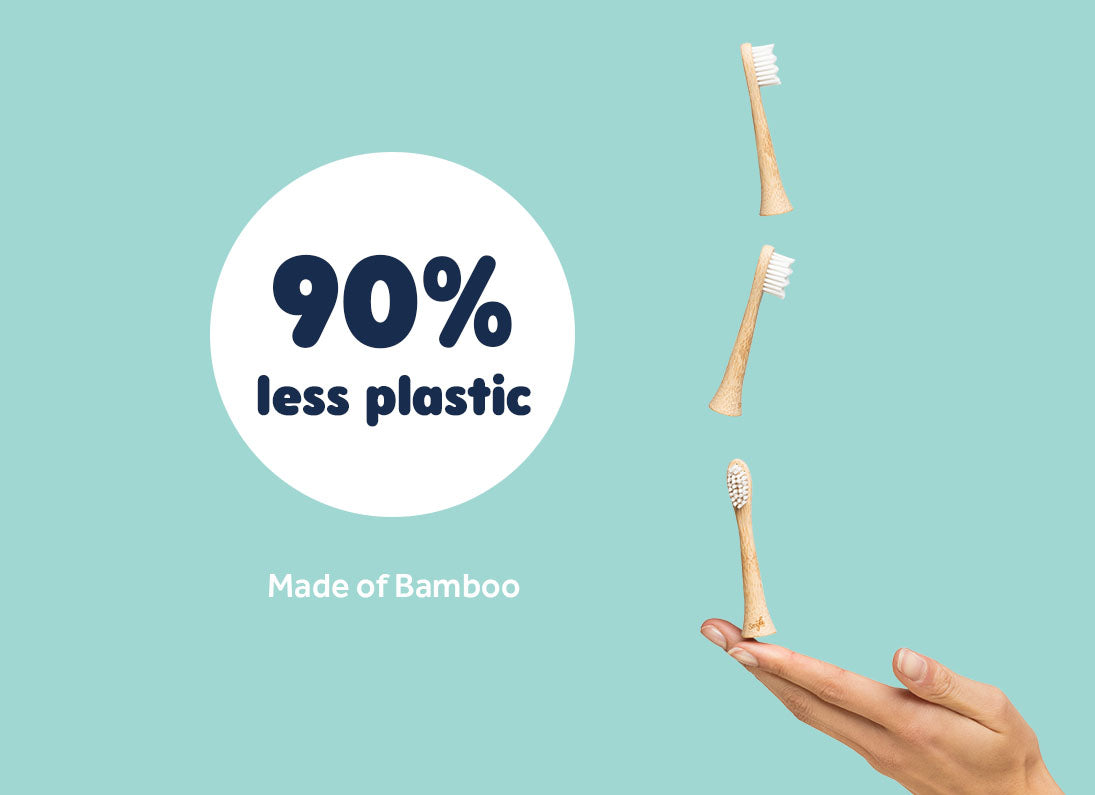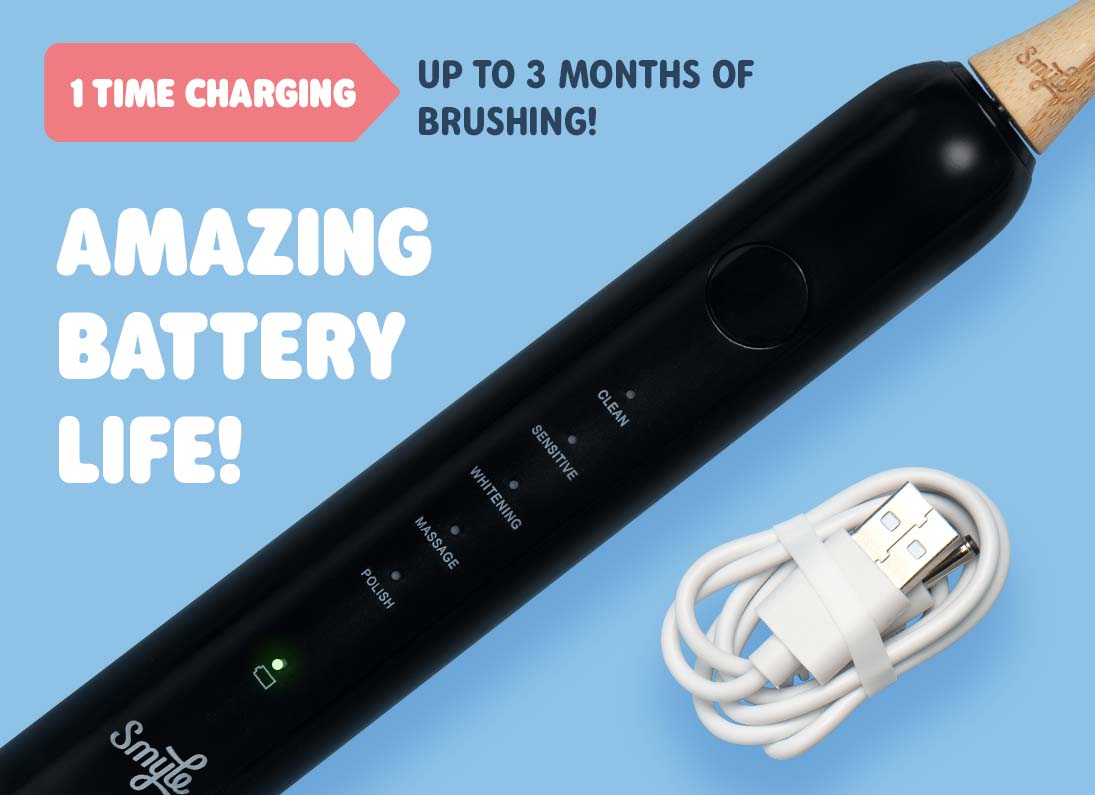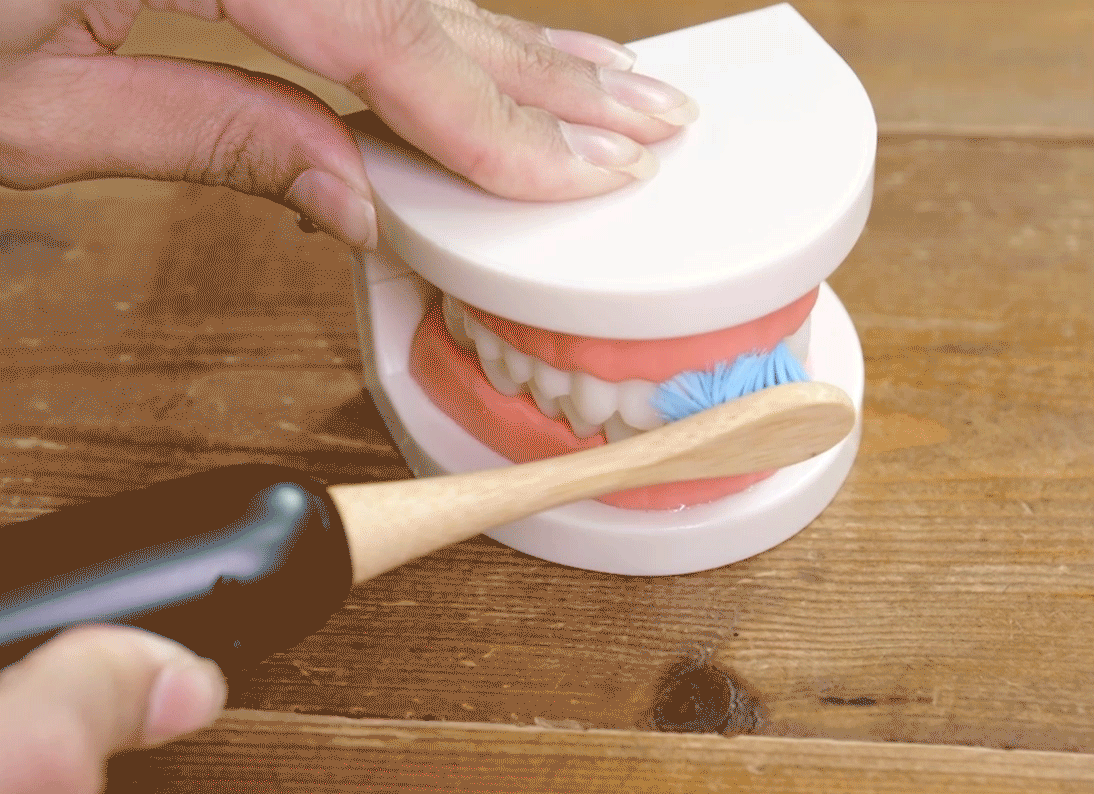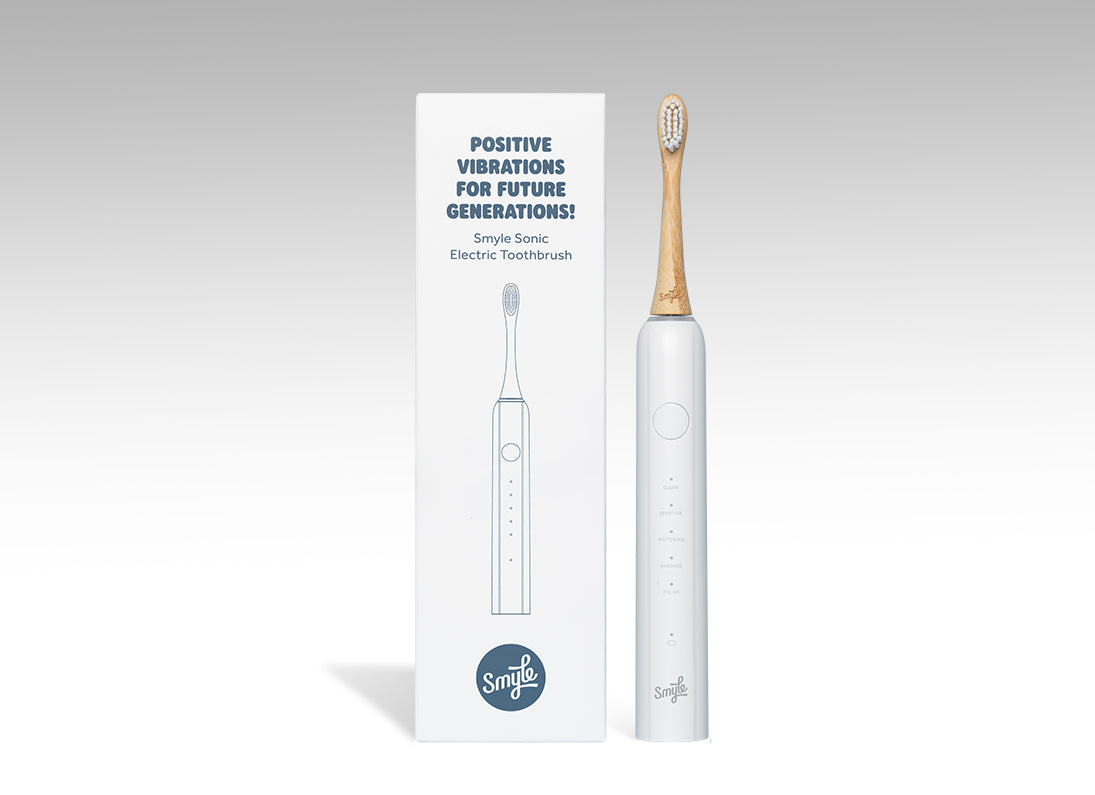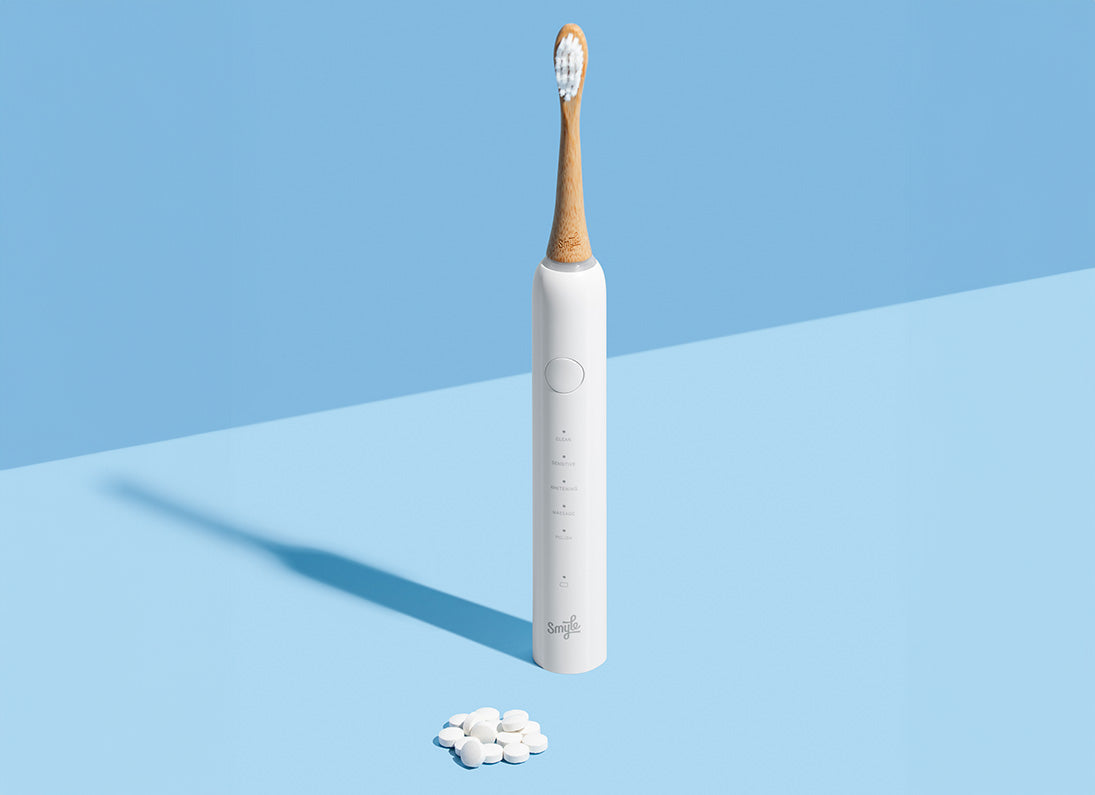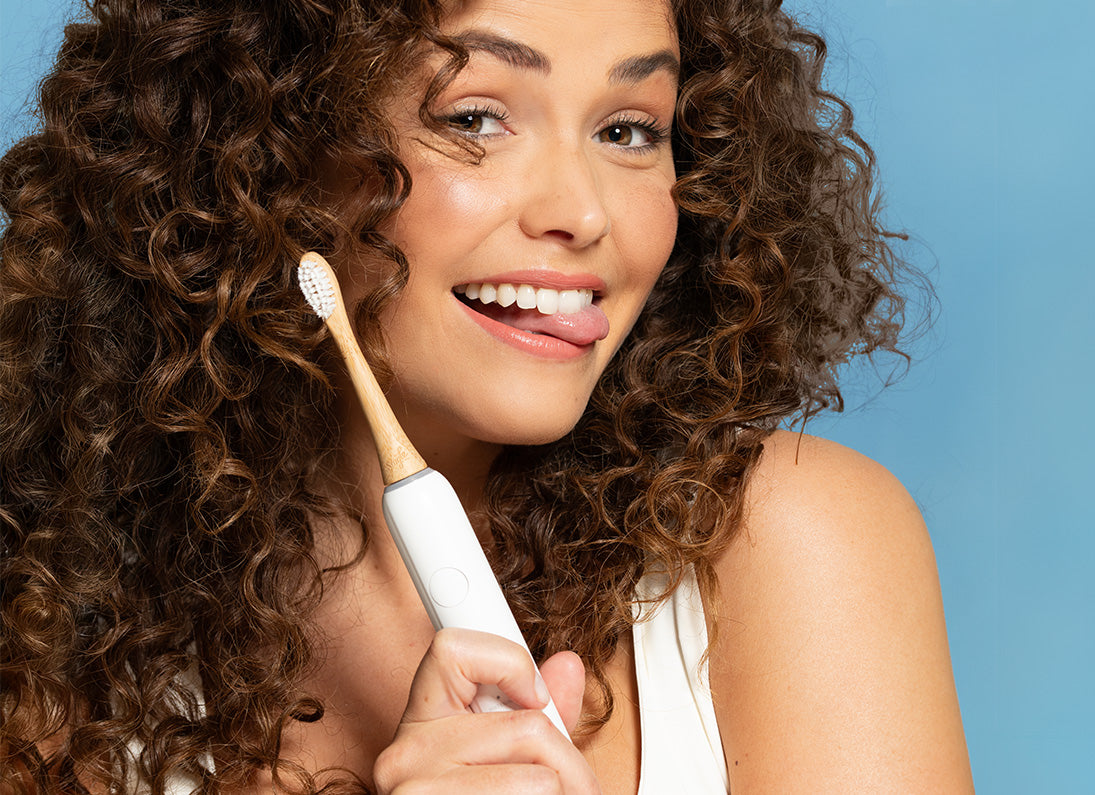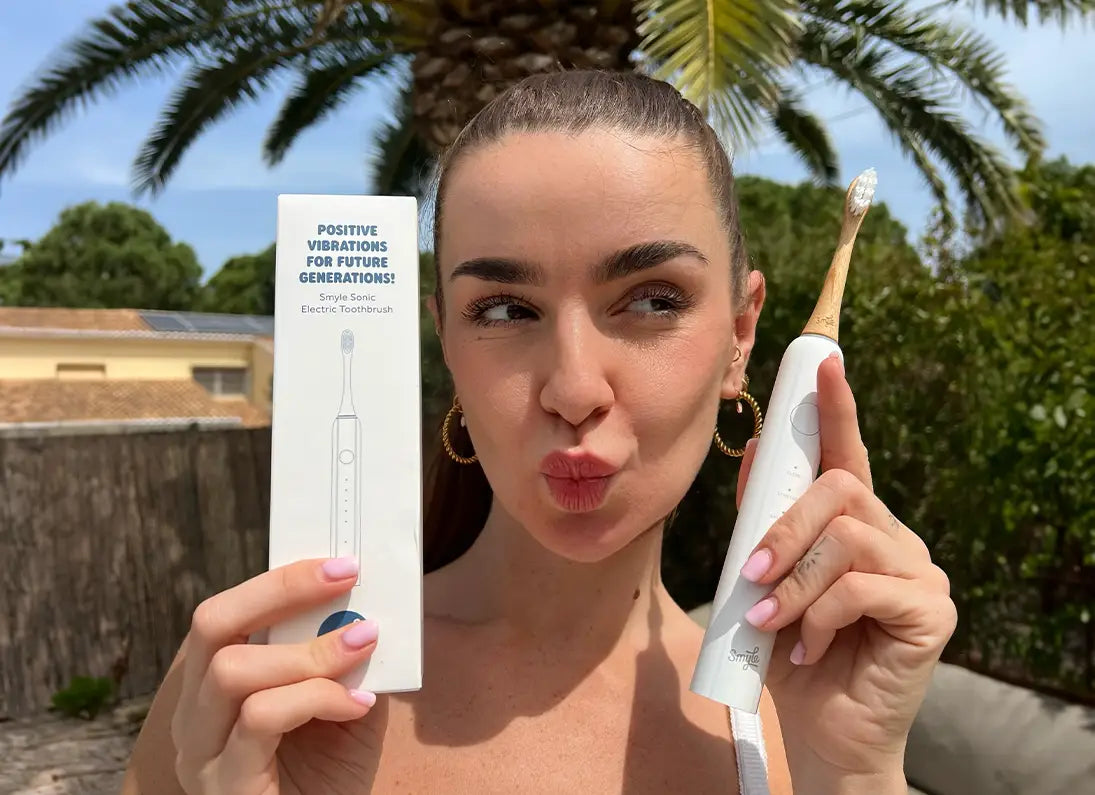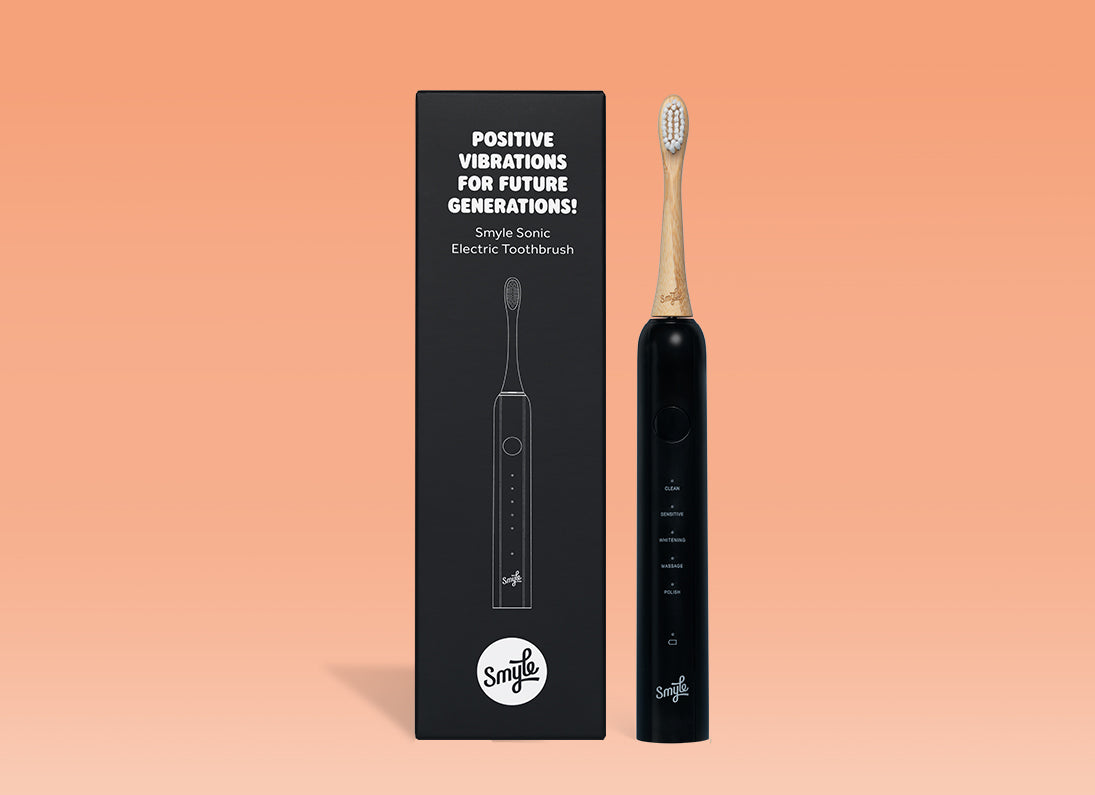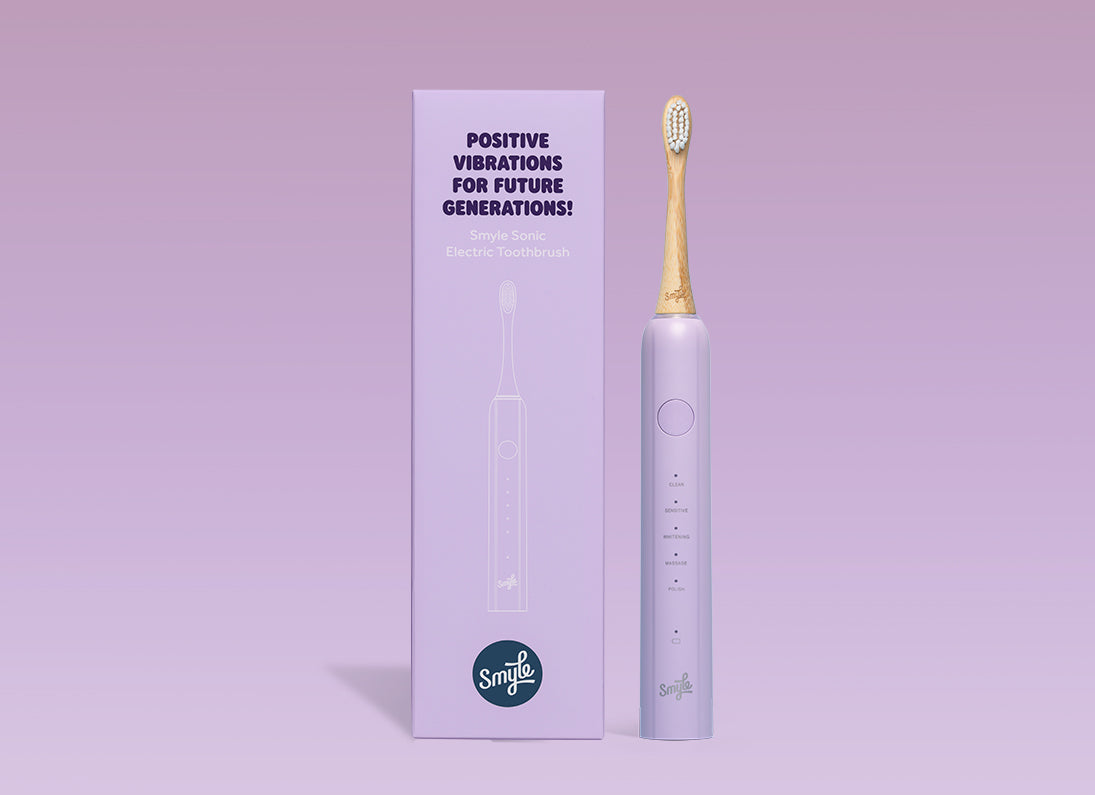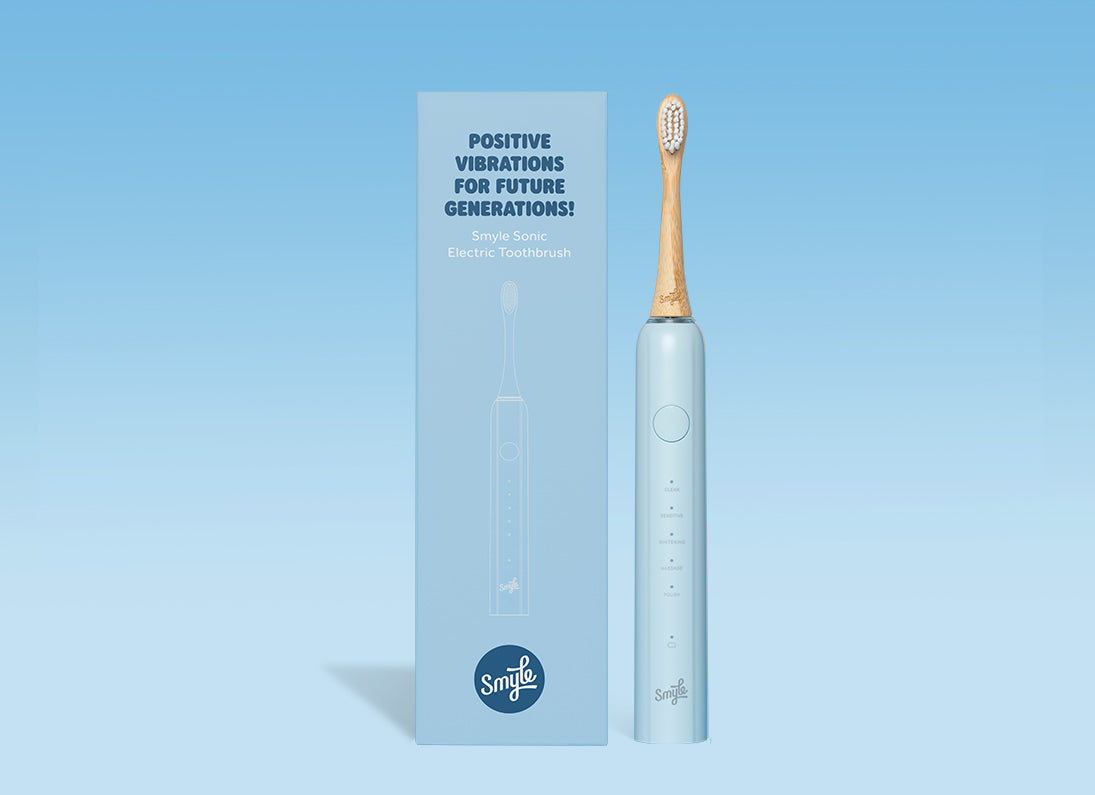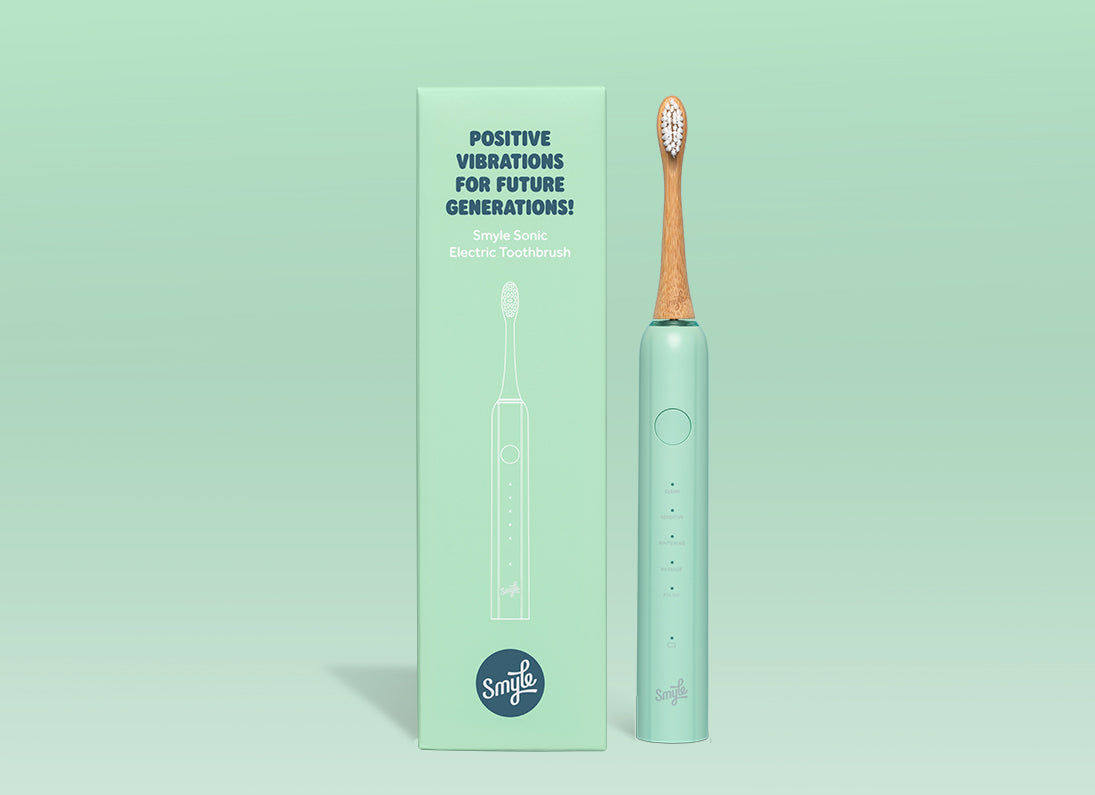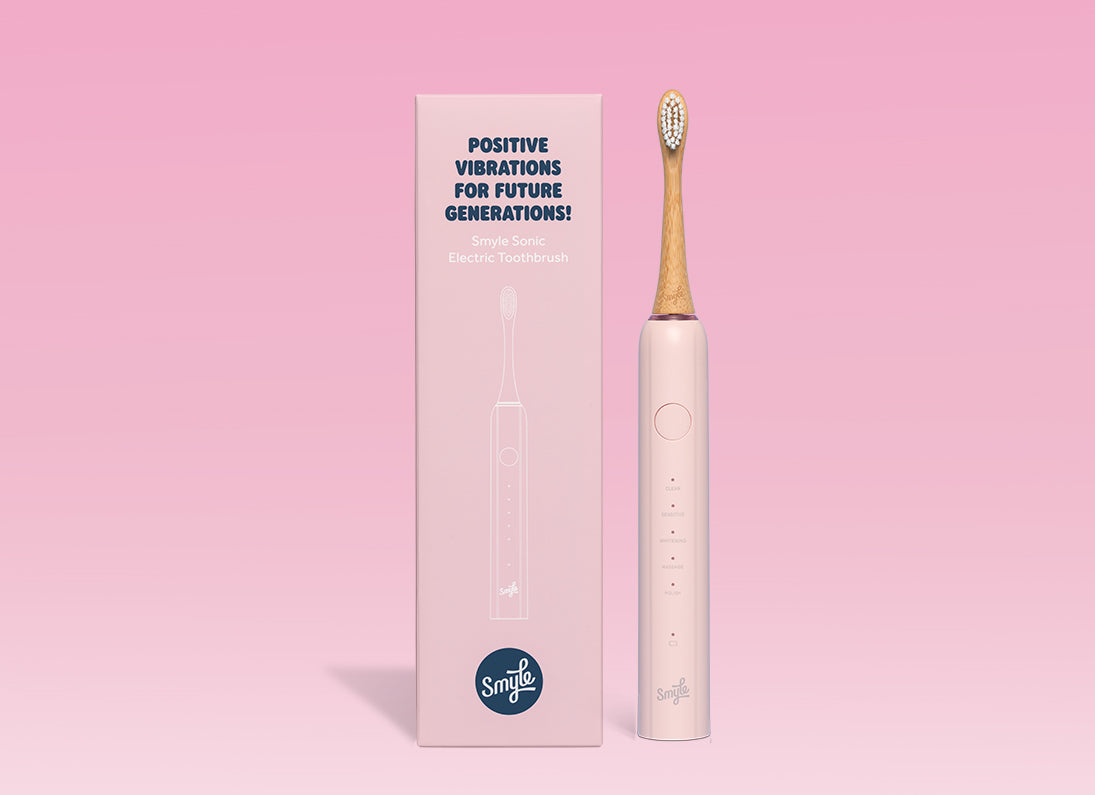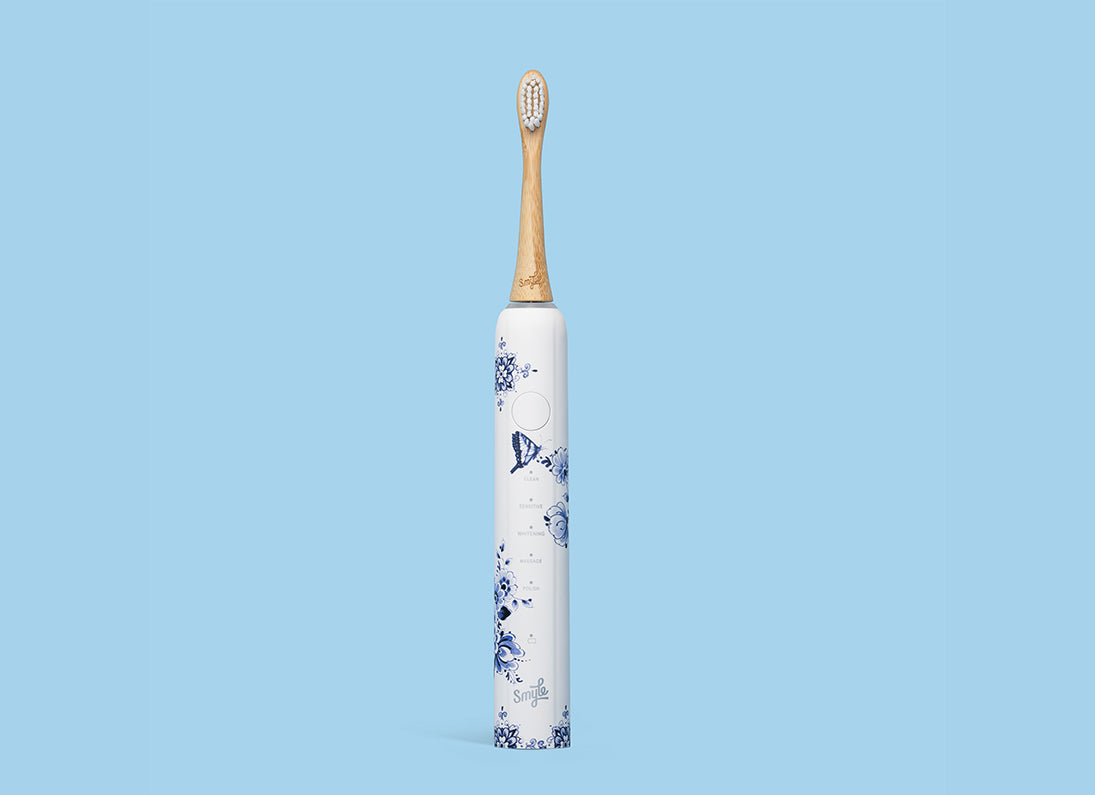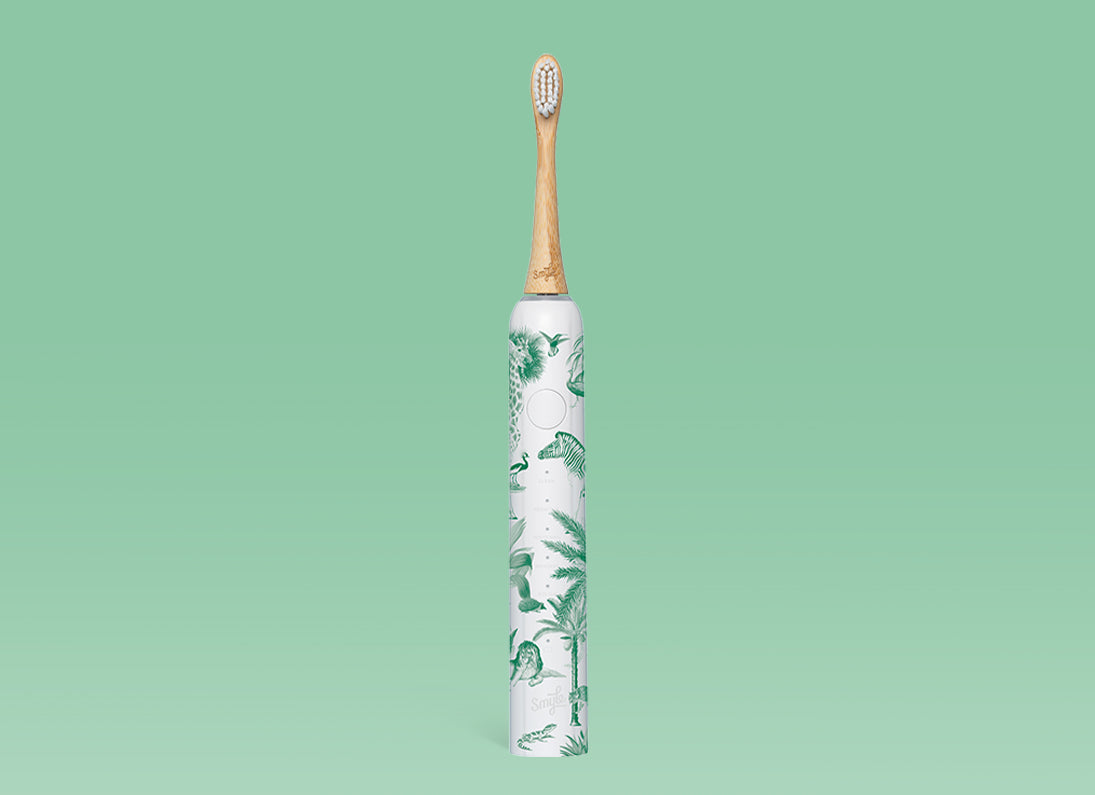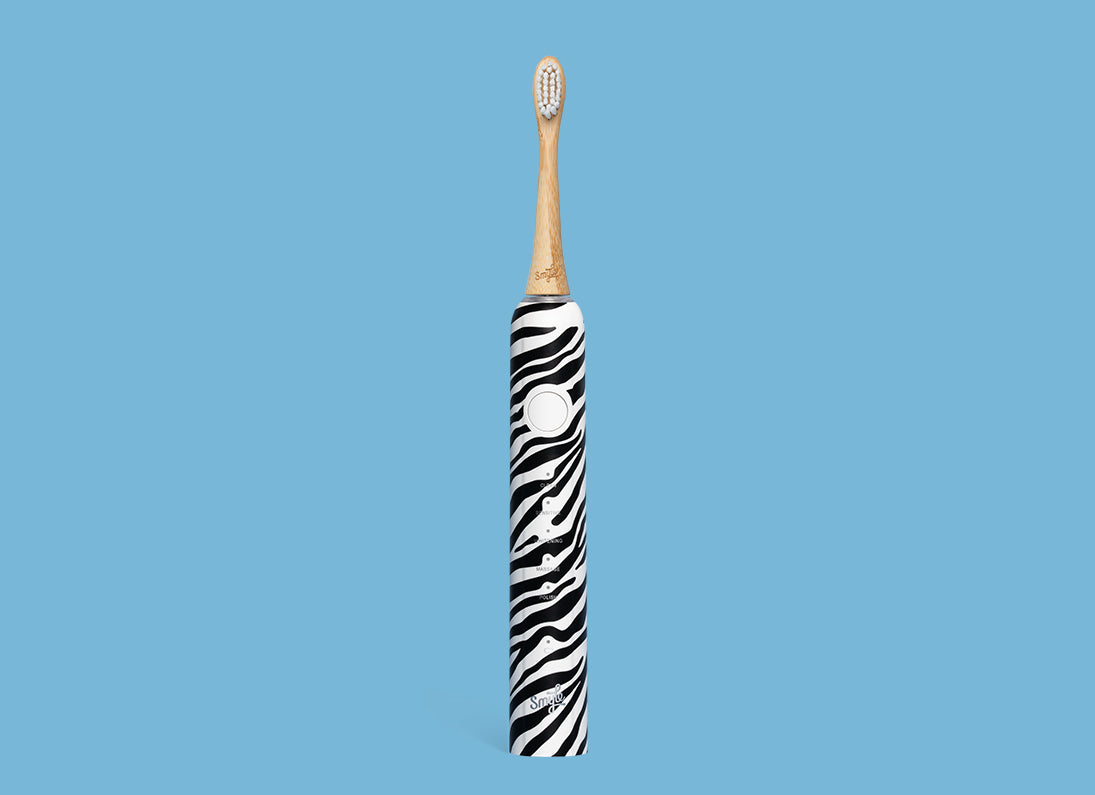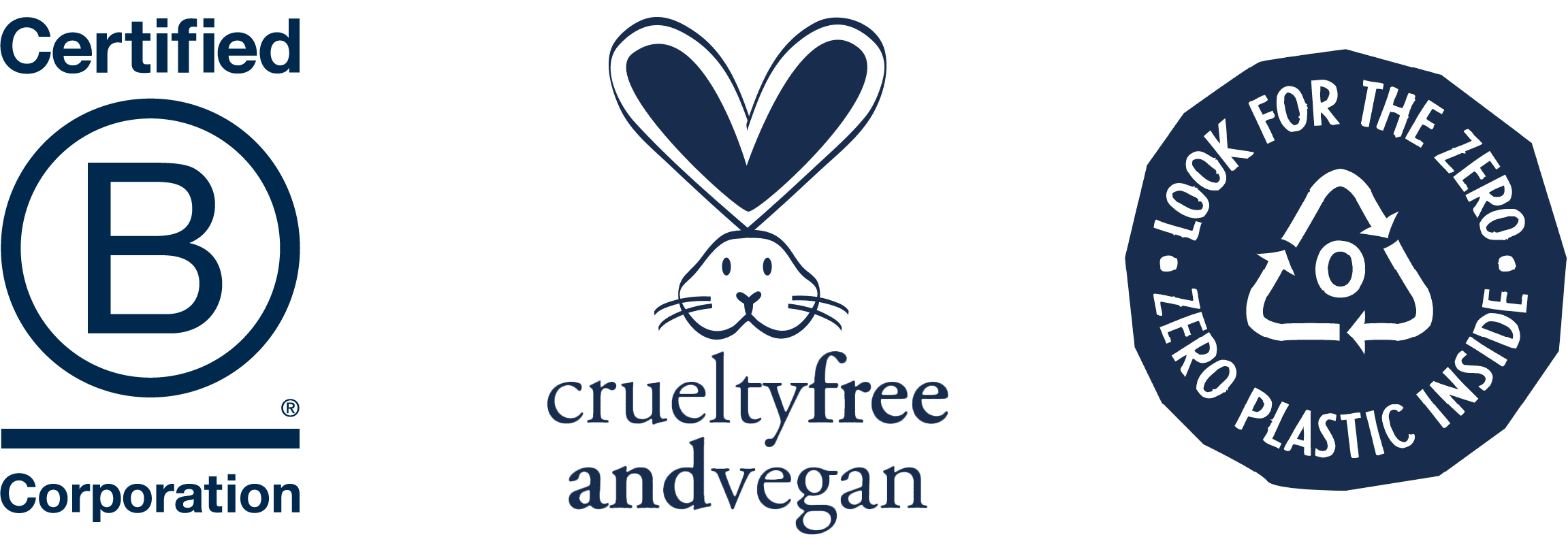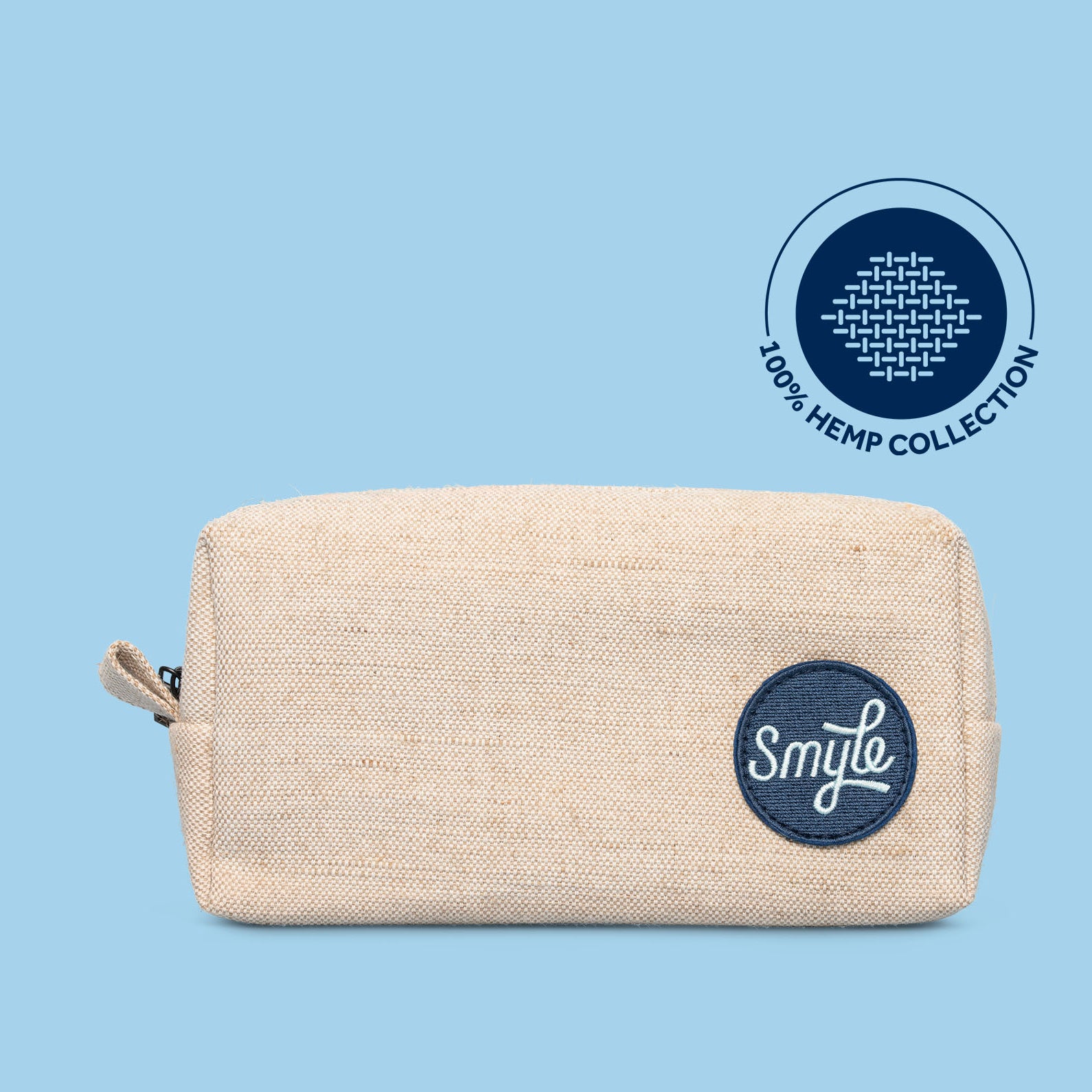
When you think of oral care, brushing your teeth with toothpaste is probably the first thing that comes to mind. But did you know that the toothpaste you use can make a big difference to your dental health? That’s why it’s always good to know what kind of toothpaste you’re using and what it actually does.
Do you use a toothpaste that contains fluoride? Then we’ve got good news! Fluoride toothpaste is one of the most recommended types of toothpaste by dentists, and for good reason. In this guide, we’ll explain the benefits of fluoride and everything around it—so you’re even more informed when it comes to oral care.
Fluoride: What Is It?
Fluoride is a natural mineral found in the Earth’s crust, water sources, and even in our bones and teeth. It’s been a staple in dental care for decades—and not without reason. Its effectiveness in preventing tooth decay and cavities has been widely researched and proven.
Fluoride helps remineralize enamel and prevent cavity formation, making it a vital part of our daily oral hygiene routine. So next time you brush your teeth, remember: fluoride is a cornerstone of toothpaste and a powerful ally in maintaining a radiant smile.
The Benefits of Fluoride in Toothpaste
1. Strengthening Tooth Enamel
Tooth enamel is the hard, protective outer layer that shields our teeth. It’s made mostly of minerals like hydroxyapatite, giving it strength and resilience. However, daily exposure to acids and bacteria can weaken this enamel over time.
This is where fluoride comes in. It bonds with tooth enamel, making it more resistant to acid attacks. It also promotes remineralization, helping to repair early signs of enamel damage. With regular use of fluoride toothpaste, you can strengthen and protect your enamel, safeguarding your teeth against long-term erosion.
2. Preventing Tooth Decay
Tooth decay, or cavities, is a common problem caused by bacteria that feed on sugars and produce acids as a byproduct. These acids erode enamel and create holes in teeth.
Fluoride combats this process by:
-
Inhibiting bacterial growth
-
Reducing acid production
-
Enhancing absorption of minerals like calcium and phosphate
Many studies confirm fluoride’s effectiveness in reducing decay and strengthening teeth, making it a reliable protector for your oral health.
3. Protecting Against Sensitive Teeth
Sensitive teeth can make simple pleasures—like hot coffee or cold ice cream—painful. This often happens when gum recession or enamel wear exposes the sensitive nerve areas of the teeth.
Fluoride helps by:
-
Creating a protective layer on exposed areas
-
Acting as a barrier against stimuli like temperature or acids
-
Strengthening enamel to prevent further exposure
The result? Less sensitivity and more comfort in daily life.
How Does Fluoride Work?
Fluoride works in three major steps:
-
Contact with Tooth Surface
When you brush with fluoride toothpaste, it adheres to your enamel and forms a protective barrier. -
Remineralization
Fluoride interacts with calcium and phosphate in your saliva to rebuild weakened enamel and make it stronger. -
Bacterial Inhibition
Fluoride slows down acid-producing bacteria, reducing enamel-damaging acids.
Concerns and Myths About Fluoride
Common Concerns
-
“Fluoride is toxic” – Fluoride is safe in the small amounts found in toothpaste. Harm only occurs with excessive ingestion.
-
“Fluoride causes stains” – True only in rare cases of overexposure, especially in young children who swallow large amounts.
Debunking the Myths
-
Fluoride levels in toothpaste are strictly regulated.
-
If toothpaste is used properly and not swallowed in large quantities, there is no health risk.
-
Spitting out toothpaste and supervising young children avoids overconsumption.
What Is Fluorosis?
Fluorosis is a condition caused by excessive fluoride intake during tooth development. It may lead to:
-
White streaks or spots
-
In more severe cases, brown stains or enamel defects
How to Prevent Fluorosis
-
Use only a pea-sized amount of toothpaste for children under six.
-
Make sure kids spit out the toothpaste and don’t swallow it.
-
Supervise their brushing routine.
Fluoride in toothpaste remains safe and effective when used according to guidelines.
Recommended Fluoride Use by Age
0–2 Years (from the first tooth)
-
Brush once daily with toddler toothpaste (fluoride level: 0.05% to 0.075%)
-
Young children may swallow more, so use a very small amount.
2–5 Years
-
Brush twice daily with the same low-fluoride toothpaste
-
Kids begin learning to spit properly.
5 Years and Older
-
Use toothpaste with 0.1% to 0.15% fluoride
-
At this age, they can handle higher levels and are less likely to swallow toothpaste.
FAQs About Fluoride
Are there alternatives to fluoride in toothpaste?
Yes, there are fluoride-free options that use alternative ingredients. However, fluoride is clinically proven to prevent cavities. If using fluoride-free toothpaste, you should be extra vigilant with oral hygiene.
Is it harmful if I swallow toothpaste with fluoride?
Swallowing small amounts occasionally isn’t dangerous, but large quantities can be. Always spit after brushing, and supervise kids to make sure they don’t swallow toothpaste.
Can fluoride cause allergic reactions?
Allergic reactions to fluoride are extremely rare. If you suspect one, consult your dentist for guidance.
Do I need mouthwash with fluoride if my toothpaste already contains it?
Not necessarily. Fluoride toothpaste usually provides sufficient protection. However, mouthwash can offer added benefits if you're at higher risk for cavities.
Fluoride: A Small but Mighty Ingredient
Looking at all the benefits, it’s clear that fluoride is a small but powerful ingredient in your daily oral care. From strengthening enamel, preventing decay, to easing sensitivity, fluoride is a key player in maintaining a healthy, glowing Smyle.
So the next time you brush, remember: using a fluoride toothpaste is a simple but highly effective step toward long-term oral health.
🦷 Ready to boost your smile?

